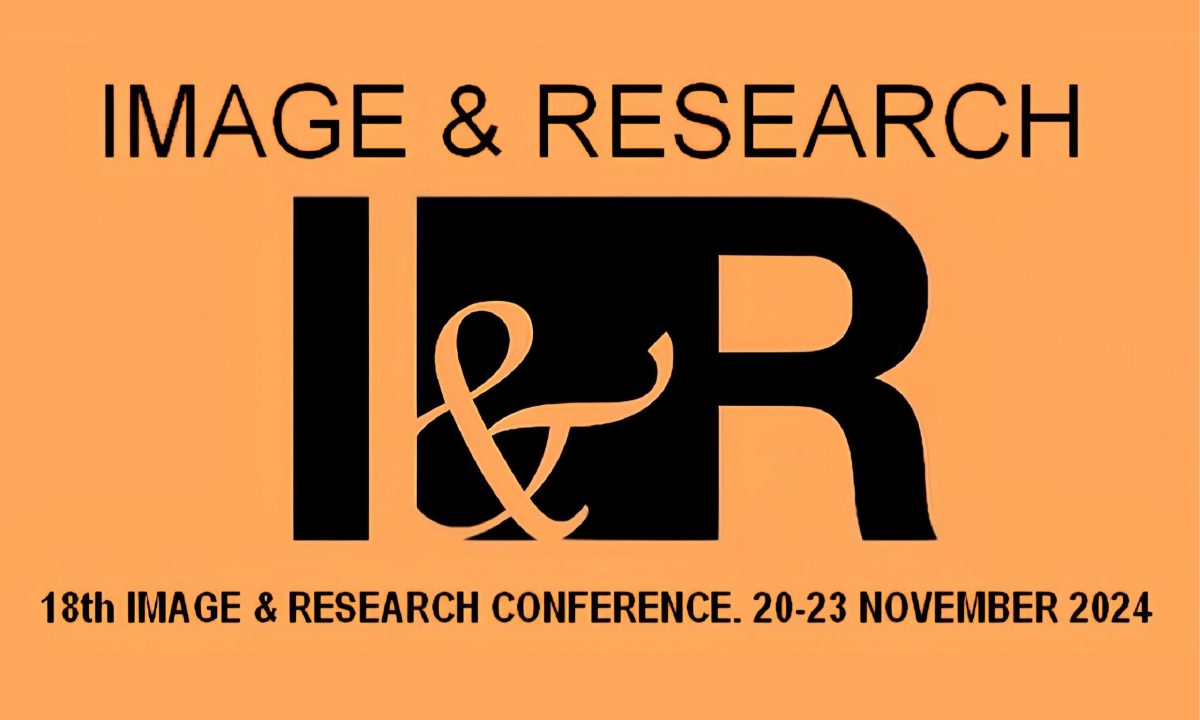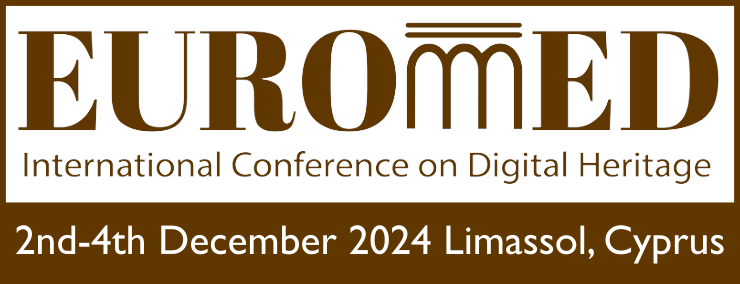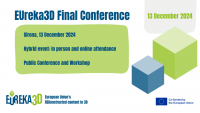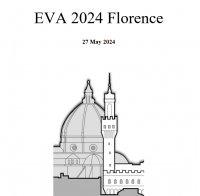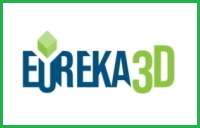VIEW Journal started five years ago as the first peer-reviewed, multimedia and open access e-journal in its field. The online open access journal now has a fresh new look. Its new interface makes reading and navigation easier. More importantly, it now offers room for discussion – with the possibility to leave comments and responses under every article. Articles still feature embedded audiovisual sources. The journal continues to provide an online reading experience fit for a 21st century media journal.
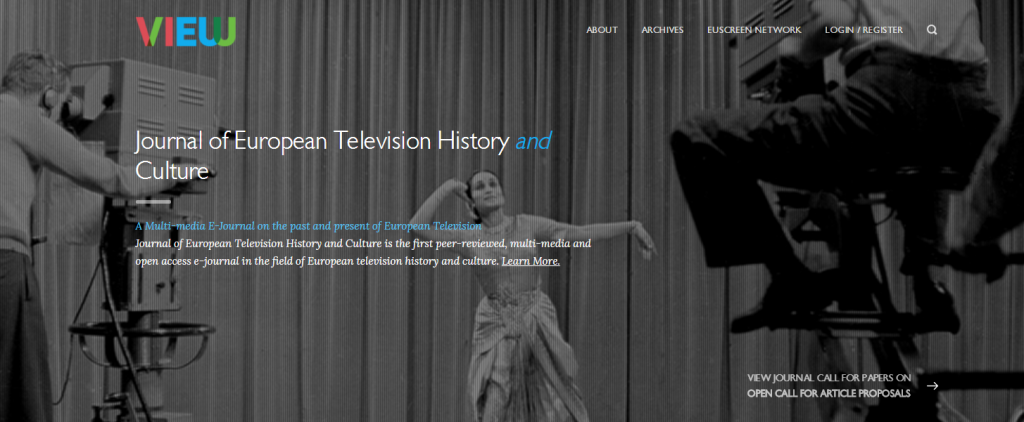
Fifth Anniversary
VIEW Journal was started by EUscreen and the European Television History Network. It is published by the Netherlands Institute for Sound and Vision in collaboration with Utrecht University, Université du Luxembourg and Royal Holloway University of London. A heartfelt thank you goes to the support of all authors, the editorial board, and team, who have worked hard over the years to build up a journal with renown.
For the past five years, VIEW has published two issues per year. The journal’s aim – to offer an international platform in the field of European television history and culture – still stands. It reflects on television as an important part of our European cultural heritage and is a platform for outstanding academic and archival research. The journal was and remains open to many disciplinary perspectives on European television; including but not limited to television history, television studies, media sociology, media studies, and cultural studies.
Issue 10: Non-Fiction Transmedia
With the new design it also proudly presents its 10th issue on Non-fiction Transmedia. This issue was co-edited by Arnau Gifreu-Castells, Richard Misek and Erwin Verbruggen. The issue offers a scholarly perspective on the emergence of transmedia forms; their technological and aesthetic characteristics; the types of audience engagement they engender; the possibilities they create for engagement with archival content; technological predecessors that they may or may not have emerged from; and the institutional and creative milieux in which they thrive.
You can find the full table of contents for the second issue below. We wish you happy reading and look forward to your comments on the renewed viewjournal.eu.
Table of Contents
EDITORIAL
- Transgressing the Non-fiction Transmedia Narrative – Arnau Gifreu-Castells, Richard Misek, Erwin Verbruggen
DISCOVERIES
- Story, History and Intercultural Memory: Can a Transmedia Approach Benefit an Archive-Based Documentary Project? – Marida Di Crosta, Anita Leandro
- Interactive Graphic Journalism – Laura Schlichting
- Aligning Participation with Authorship: Independent Transmedia Documentary Production in Norway – Joakim Karlsen
- Crossroads. Life Changing Stories from the Second World War: A (Transmedia) Storytelling Approach to World War II Heritage – Licia Calvi, Moniek Hover
- I’m Sorry I Don’t Have a Story: An Essay Involving Interactive Documentary, Bristol and Hypertext – Adrian Miles
EXPLORATIONS
- Small Change – Big Difference: Tracking the Transmediality of Red Nose Day – Matthew Freeman
- Emergent Principles for Digital Documentary – Richard Lachman
- Korsakow Perspective(s): Rethinking Documentary Knowledge in Digital Multilinear Environments – Franziska Weidle
- A Transmedia Topology of ‘Making a Murderer’ – Alan Hook, Danielle Barrios-O’Neill, Jolene Mairs Dyer



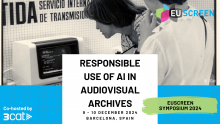


 If you have interesting news and events to point out in the field of digital cultural heritage, we are waiting for your contribution.
If you have interesting news and events to point out in the field of digital cultural heritage, we are waiting for your contribution.
